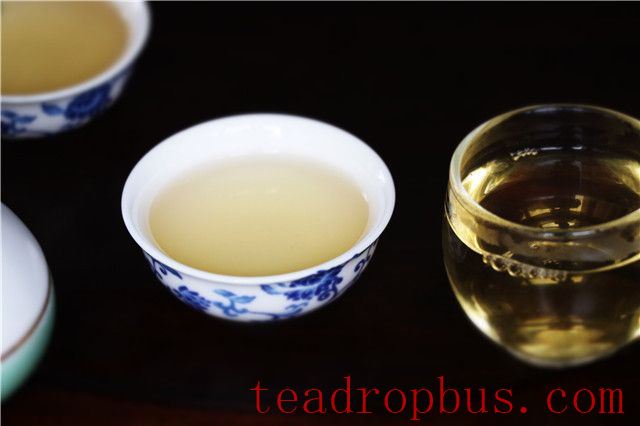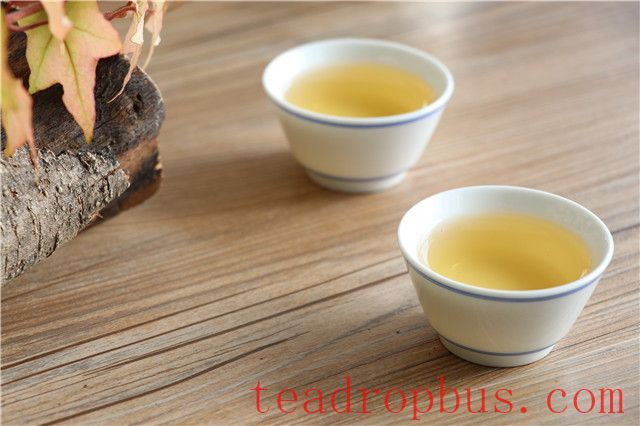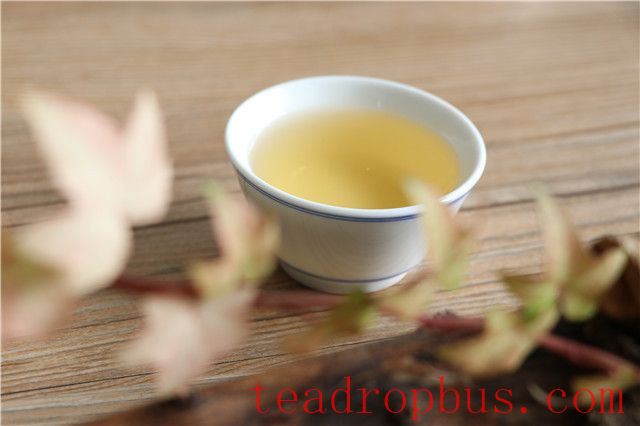The aroma of Pu'er Tea is a unique charm of this type of tea. It is this distinctive fragrance that attracts tea enthusiasts.
The quality, purity, and longevity of the aroma significantly determine the value of Pu'er tea. Pu'er tea can have a variety of aromatic profiles including aged fragrance, vegetal scent, camphor aroma, jujube aroma, lotus aroma, honey aroma, and Orchid aroma, among others. So how should we correctly appreciate the aroma when brewing Pu'er tea? This section will teach you several commonly used methods.

A Few Methods to Appreciate the Aroma of Pu'er Tea:
1. Surface Aroma:
When hot water is poured over the tea, an aroma rises. Sometimes, covering the Gaiwan or Teapot for a moment before opening it and taking a deep whiff releases a rich fragrance.

2. Liquor Aroma:
The liquor aroma shares some similarities with the surface aroma, but it is not smelled but rather tasted by sipping the tea. The most notable example of this is Yiwu tea. This subtle and distant aroma is enveloped by the tea liquor and can only be discerned through careful tasting, revealing a subtle presence.

3. Dregs Aroma:
The dregs aroma is beloved by experienced tea drinkers. If you observe carefully, you'll notice that they often do not put down their cups and instead smell the lingering aroma from the last bit of tea while the cup is still warm, which can be quite delightful.
4. Cold Cup Aroma:
The cold cup aroma, also known as the cup bottom aroma, is closely connected to the dregs aroma. It is a faint, elusive scent that lingers in the tasting cup after the tea has been consumed. This aroma appears subtly and disappears when you try to catch it forcefully. When you are calm, it reveals itself. Sometimes, it is like the gentle spring rain that is everywhere, and at other times, it is like a fish in the water that suddenly vanishes.
5. Aftertaste Aroma:
The aftertaste aroma is somewhat mysterious. It is a memory-based aroma, and each person's experience of tea is different. For example, some people may remember a particular tea simply from its aroma before the leaves have fully unfurled.
Appreciating the aroma involves three steps: first, immediately after the initial brewing, called hot sniffing, to detect if the aroma is pure and free of any unusual odors; second, warm sniffing, where the aroma on the surface of the tea is smelled to identify the specific type, and experts can even deduce the tea's origin, season, processing method, storage conditions, and age; third, cold sniffing, where the cup is immediately smelled after drinking the tea to assess the lingering aroma, indicating its persistence. The criterion for judging the persistence of the aroma is: “If you inhale deeply and still feel a faint lingering aroma at the bottom of the cup, it indicates that the aroma is persistent.” (Source: Justice Tea Shop, Image Source: ChaYou Image Library)